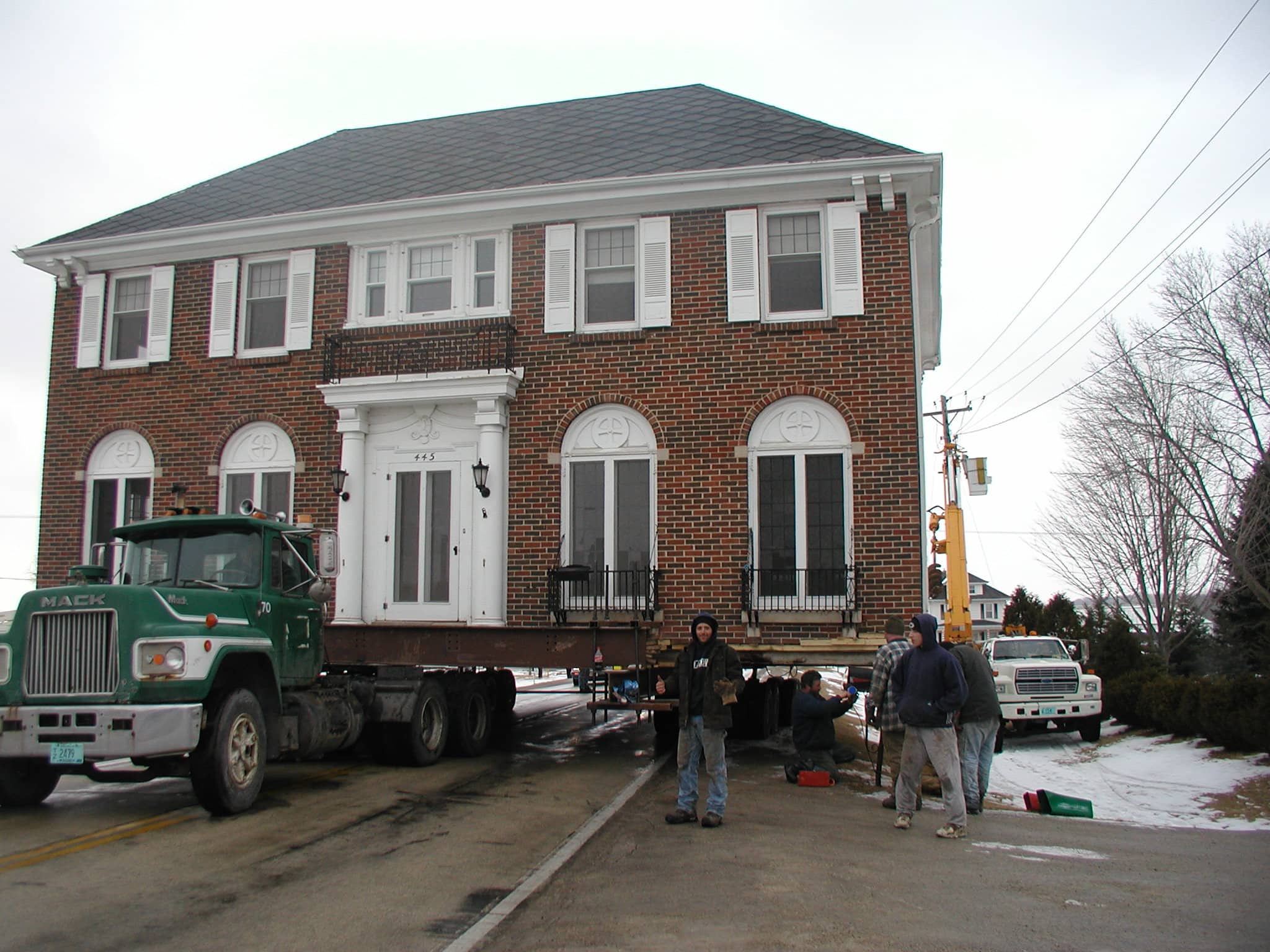There are a variety of reasons you might be looking to move your block, brick, or stone home. Many times, homes made of these materials are old and historic, and if they aren’t relocated, they will be demolished. In other cases, you can find a great deal on an old brick home, but you need to move it to a different property. Whatever reason you choose to move your home, we’ve compiled a list of five tips that will help you plan for a smooth, well-organized relocation.
Notify Your Mortgage Company of the Move
There are a lot of clearances that have to take place before you can legally move your block, brick, or stone home, and one entity that often gets overlooked is your mortgage company. The company that financed the purchase of your home and the land on which it presently rests needs to know that you are planning a move.
You must make them aware of your plans and of the change of address, and they need to give you a written approval before your home can be moved. This step isn’t a necessarily difficult one, but failure to carry it through will result in major delays in your home-moving process.
Choose the Safest Path and Get Clearance
When you choose to move your home, it’s not just the fastest and most convenient route you need to think about. As you plan to relocate your home, you should consider the safest path for your house to take.
If you’re moving a large home, taking the streets might not be the best option depending on the size and quality of the road. In some cases, taking alternate routes through your neighbors’ back yards or through an empty field might be your best bet. If you haven’t yet, make friends with your neighbors in case this is the option you need to take!
In some cases, you will need to have dirt hauled in if roads or routes aren’t even or wide enough for your home to travel on. That’s why it’s important to plan your move months in advance: there are a lot of factors that go into moving something as large and heavy as a stone house.
Whichever path you work out with your structural movers, make sure you do everything you need to do on your end to get clearance with all of the right parties: neighbors, police, electric companies, and whoever else you need to inform of a move that will shut down roads.
Prepare for a Multi-Day Move
As you dream about moving your stone, block, or brick home, realize that this will not be a twenty-four-hour endeavor. You should plan for a multi-day move. The longer your route and the more obstacles in your way, the longer the transport will take.
Plan stops for your home to spend the night. We suggest utilizing parking lots or other areas that will maintain their integrity, even if there’s rain and the ground gets soggy. Contact the lot owners far in advance to make sure this is ok and that you have the all-clear to park your home in their space.
Stay Compliant with Codes
Even in rural settings, towns and even neighborhoods have their own rules and regulations about the types of buildings allowed on properties, and they often depend on lot size and zoning. Before moving your house, you must ensure that you won’t be breaking any property codes or regulations by moving it to a new location.
The best way to do this is to get in touch with your local government body—the city or county office—and have them walk you through the codes for your property.
Factor in Costs Outside of Transportation
The costs of moving a stone home don’t stop at the transportation fees. Even if a house is being moved just a few blocks, you need to be aware of and plan for the costs of your entire move.
At your new site, you might need to lay a foundation for your home. Though your home is probably older, the foundation will need to be finished to modern codes. And because your old home will be making a big move, don’t be surprised if you need to make repairs once the whole thing is said and done.
When you move a home, you will need to contact the utility companies in the path of your house to ensure that they will be present to move their wires as your home passes under them. Every utility company has their own method of pricing for this kind of service, and it is your responsibility as the homeowner to organize this part of your move and foot the bill for it.
When planning to move something as big as a home, be sure to have a stretch budget that factors in all of these possibilities and more. Moving a house is a big undertaking, and once you have begun, you don’t want to be forced to stop due to unplanned expenses.
It’s Worth It
As you can see, planning and executing a move for a stone, brick, or block home is a big deal that takes time, organization, and money. However, the benefits of moving a home, in our experience, always outweigh the drawbacks. With these tips, you’ll be better equipped to make your plans and then enjoy your home in its new, perfect location.
Learn more about our structural relocation services.

